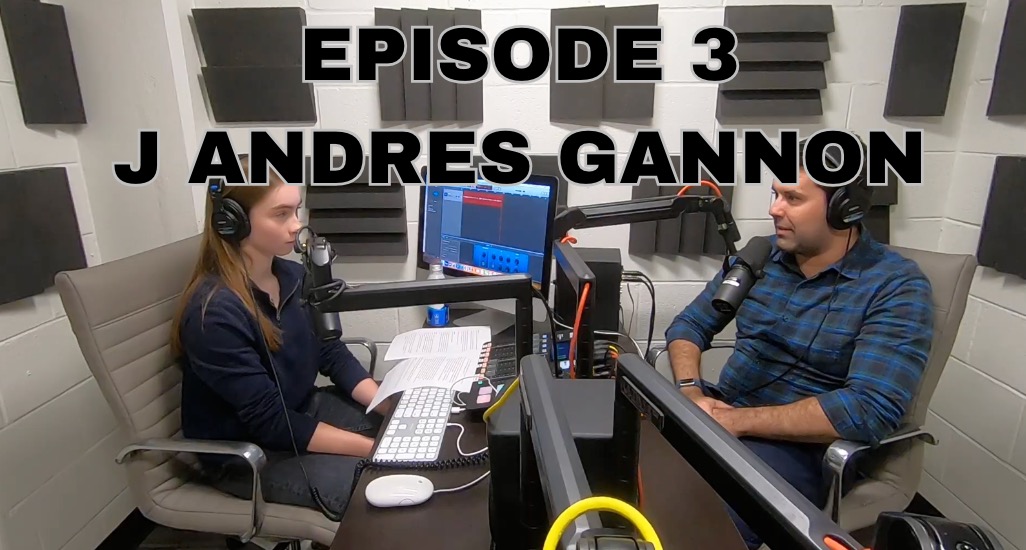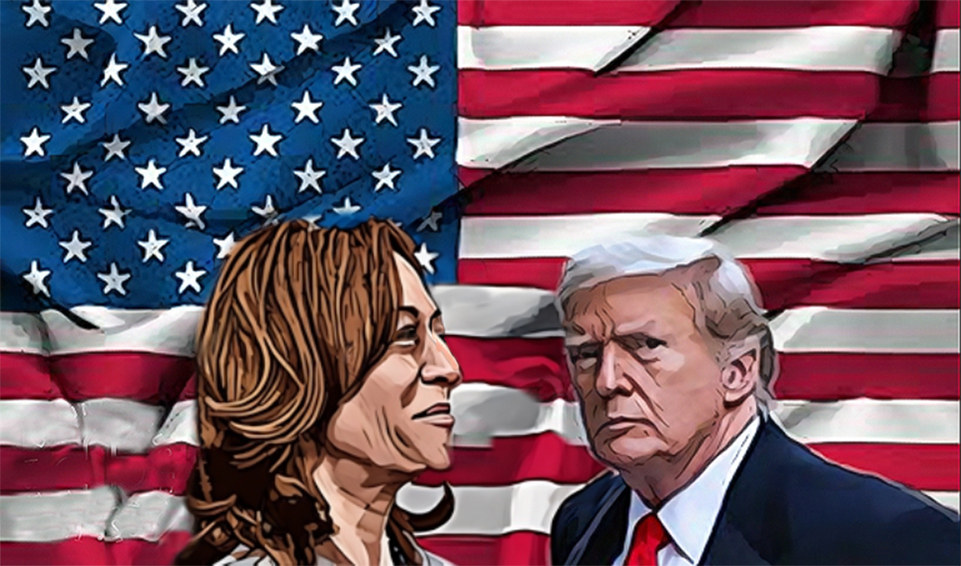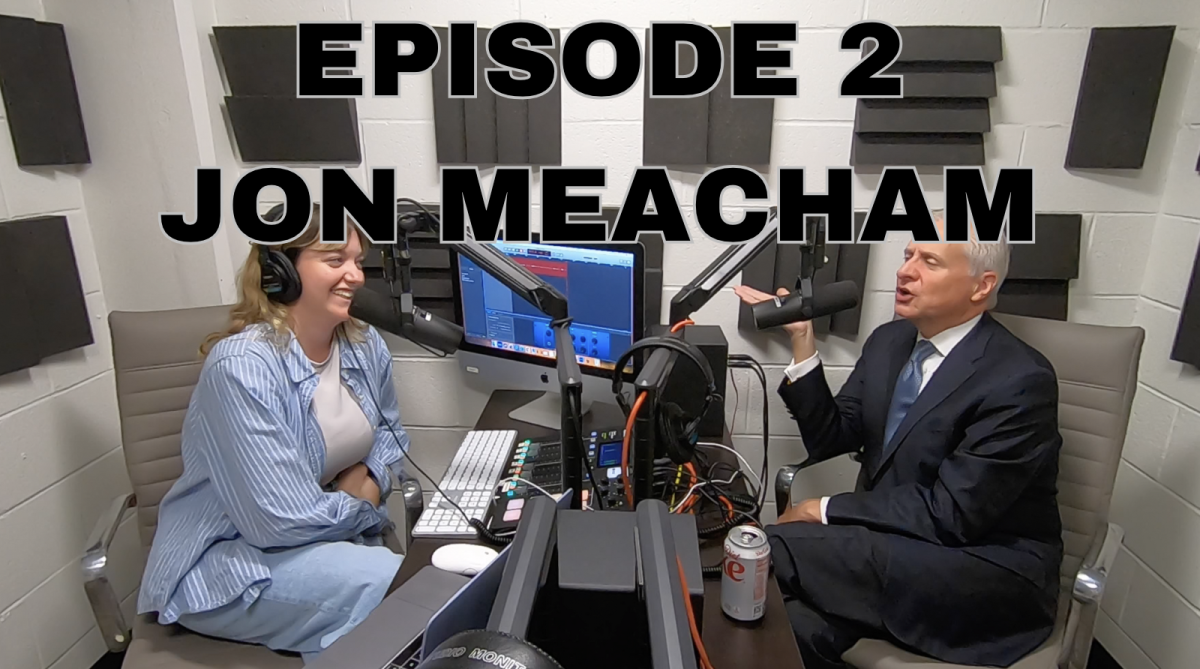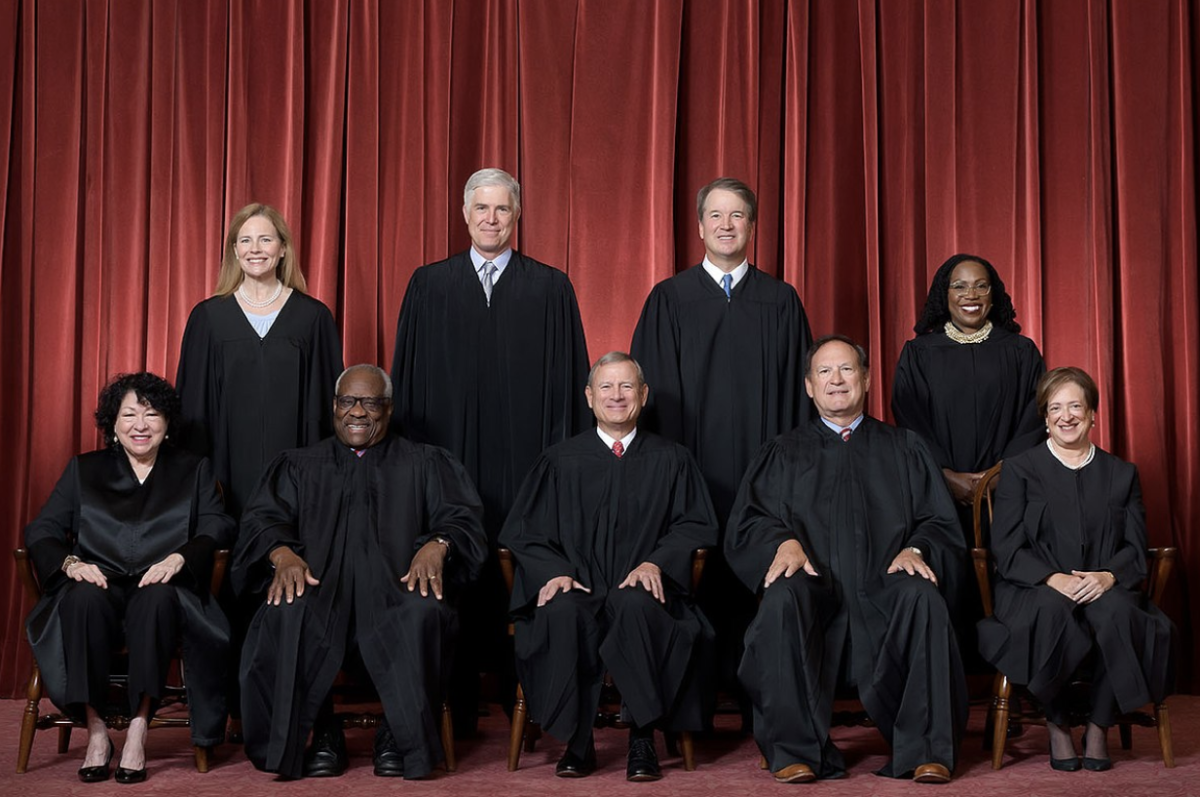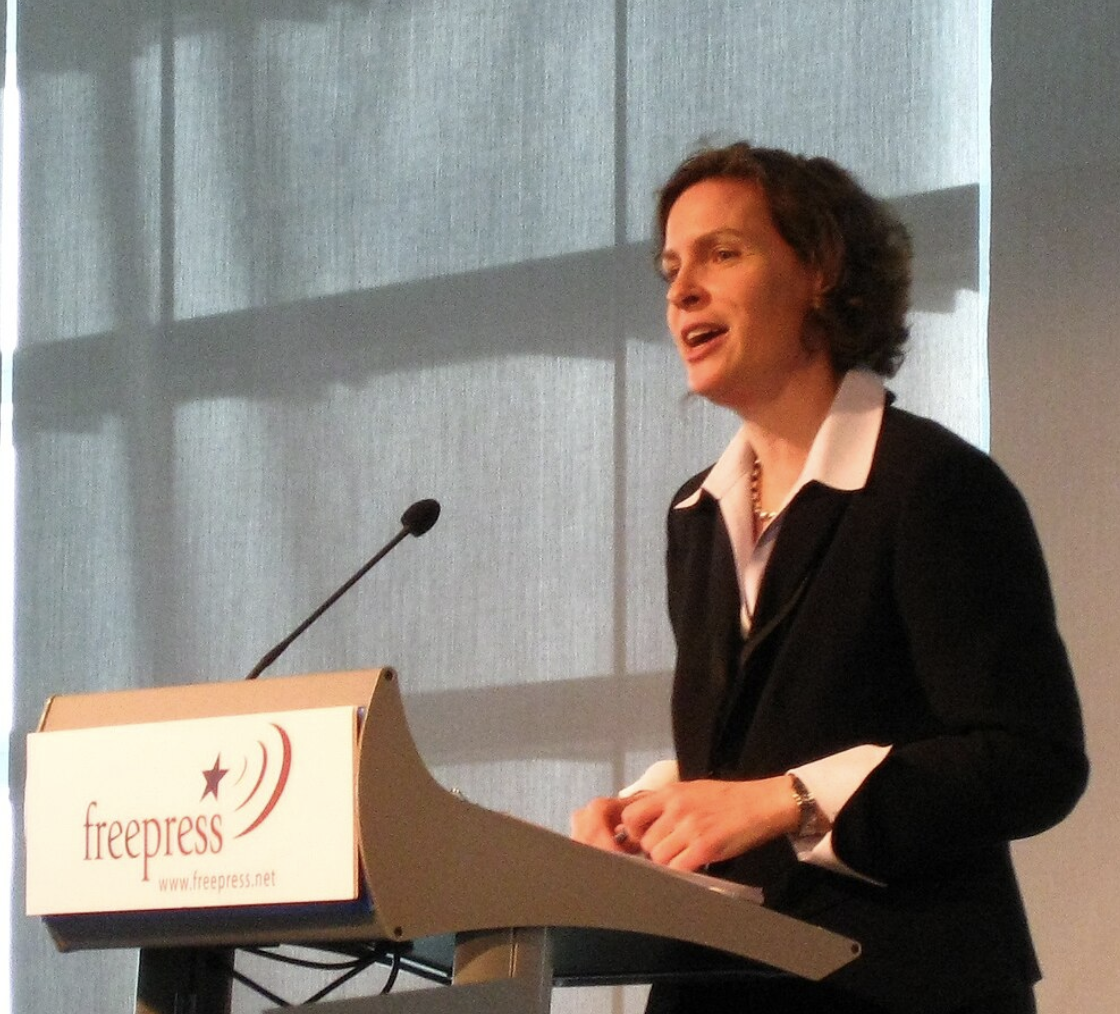For the first time since 1956, the United States is poised to see a repeat presidential election. When voters go to the polls this fall, they will be handed the same presidential ballot as four years ago, with Donald Trump and Joe Biden facing off in a rematch.
While former President Donald Trump has been holding regular campaign events for well over a year now, Joe Biden’s campaign has recently ramped up following his State of the Union address. At the same time, the United States has continued its involvement in two tumultuous wars and Donald Trump has made many appearances in court. Yet, fervent campaigning and eye-popping current events haven’t affected the public opinion of the two candidates.
In December, when the New York Times/Siena poll asked respondents, “If the 2024 presidential election were held today, who would you vote for,” 46% of likely voters said they would vote for Donald Trump and 44% said Joe Biden. Five months later, in early April, the same question in the same poll found that 46% of likely voters would vote for Donald Trump and 45% for Joe Biden. A one percent increase, well within the margin of error, is hardly what the unpopular incumbent President Biden was looking for in terms of a State of the Union bump. And a static 46% is little to show for after months of rallies and events held by Donald Trump’s campaign.
It is unclear what exactly to take away from the above phenomenon. Certainly, people have made up their minds on the two candidates and polling will likely remain steady through November — but what do these statistics mean for election night? Near-even poll numbers seemingly imply a close election or toss-up. However, the past two presidential elections have seen huge polling leads for the Democratic nominees, only for Secretary Clinton to lose in 2016 and President Biden to win by much smaller-than-expected margins in 2020. With Donald Trump substantially outperforming his poll-numbers in every election he has run in, a tied race seemingly gives him the advantage.
According to Joshua Clinton, the Abby and Jon Winkelried Chair and Vanderbilt Professor of Political Science, the “average polling error in state-level polls was five points on the margin in 2020 — meaning that if a poll result said Biden +5 then the race could actually be a tie.” A repetition of this phenomenon could mean the supposedly even polls actually indicate a five-point lead for the indicted former President. However, as Professor Clinton also notes, “the reality is that we have no idea” if the current polls are accurate or if President Trump will once again over perform on election night.
The unpredictability of turnout among younger liberal voters, and systematically greater responsiveness to polls among Biden supporters are just two of many factors that make this election impossible to predict. Professor Clinton states that if pushed to predict the upcoming election, his “starting point would be what happened in 2020 rather than whatever the polls are currently showing.” Still, whether looking at current polling or the past election, all indicators point toward a radically close race this fall with no one knowing exactly what to expect.
Nevertheless, one fact is clear about the upcoming election. When both candidates “are already very well-known — and also disliked,” as Professor Clinton puts it, “the most critical aspect of campaigning is mobilization and turnout.” With few minds left to persuade and the data indicating an effective tie, whoever wins the turnout battle will be the one to spend his next four years in the Oval Office.
Image by Jigar Panchal on Unsplash



